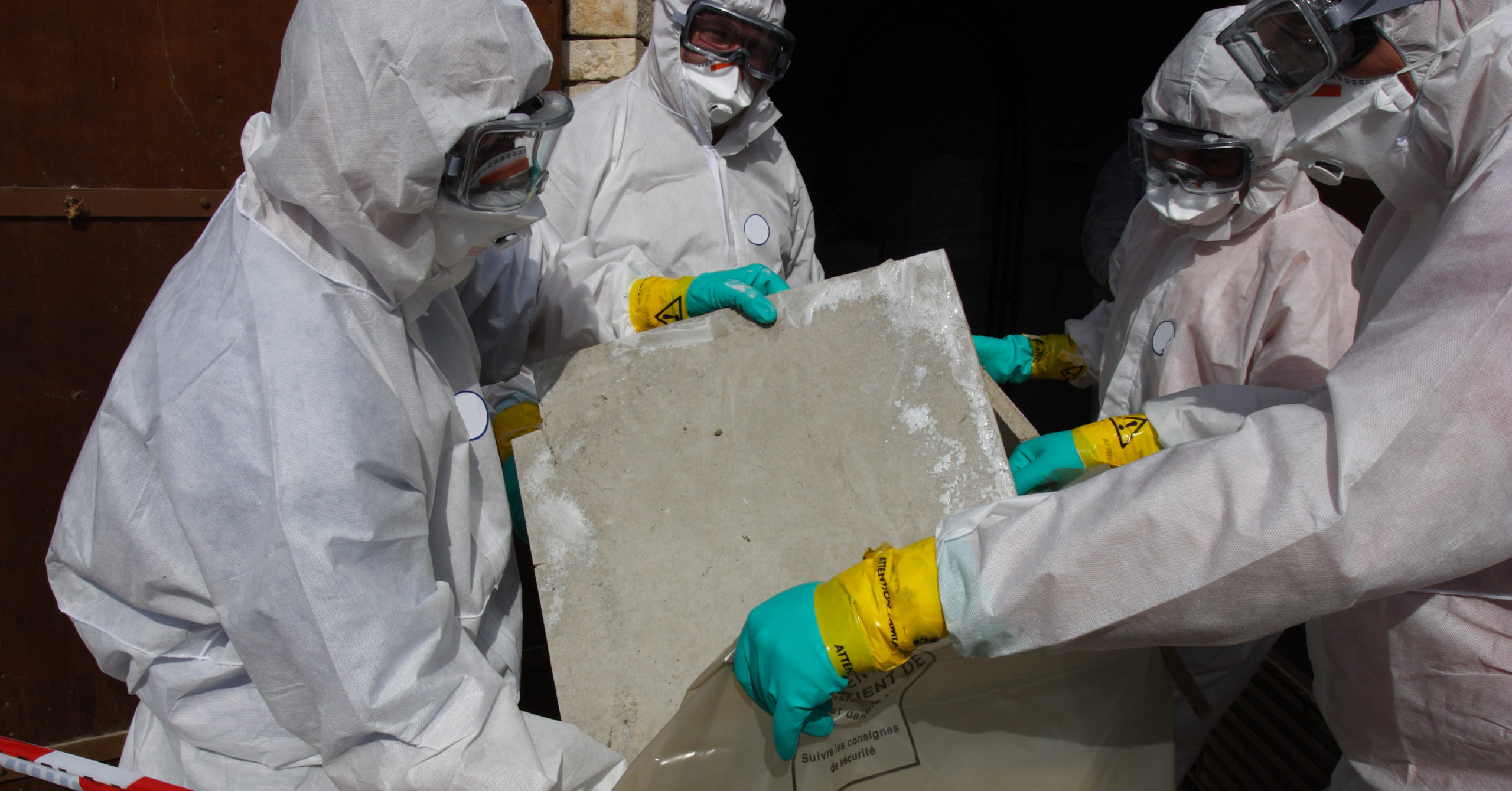Asbestos takes the lives of 40,000 Americans each year. There are no known safe levels of exposure to this deadly substance. While many Americans may assume that our government has already taken sufficient action to protect us from asbestos, they have not.
In fact, asbestos is one of the biggest examples of how the federal government has failed to protect us from toxic chemicals.
On the last Friday of August, the Environmental Protection Agency (EPA) issued a report of its Science Advisory Committee on Chemicals (SACC). The SACC is an independent group of scientists set up to peer review EPA’s work evaluating toxic chemicals. And what they had to say about EPA’s draft risk evaluation of asbestos was not complimentary. (The asbestos risk evaluation is an important step in the process of identifying and then “managing” the dangers of toxic chemicals that is required under the federal chemical policy reforms enacted four years ago.)
In fact, the SACC report was a devastating critique of the Trump EPA’s draft risk evaluation. Their executive summary began:
Overall, EPA’s environmental and human health risk evaluations for asbestos was not considered adequate and resulted in low confidence in the conclusions. This is due to missing data for environmental exposures, coupled with the fact that current estimates for human health risk are created for a narrow group of workers and consumer users based on limited exposure to chrysotile asbestos fibers leading to numerous uncertainties. The relatively meager concentration and exposure data available allows the risk evaluation to use the prudent approach of a reasonable worst-case analysis.
EPA’s inadequate draft risk evaluation is just the latest chapter in the long and frustrating effort to protect Americans from the dangers of asbestos.
Under the original 1976 Toxic Substances Control Act (TSCA), EPA tried to ban most uses of asbestos in 1989. But the chemical industry fought back with a lawsuit. And because TSCA was such a weak law, the courts overturned the ban in 1991. So the inability to use TSCA to “even ban asbestos” became a symbol of TSCA’s failure to protect us from other dangerous chemicals.
When the TSCA reform law was signed in 2016, it gave the EPA stronger tools to remove unsafe chemicals from commerce. And as EPA had to name the first ten chemicals it would evaluate and restrict under the new law, asbestos was at the top of the list of chemicals we urged the agency to work on.
EPA included asbestos in the first ten chemicals it picked to evaluate. This began a three-year process of identifying all the ways that asbestos is used and disposed of, and assessing the risk to public health and the environment. Throughout the process, we worked with environmental health partners to comment and testify about the dangers that the public faces from asbestos.
While the SACC report identified many flaws in EPA’s draft risk evaluation for asbestos, the most glaring was its failure to update our understanding of the prevalence of asbestos in millions of buildings across the US and the risks that it poses. The law requires EPA to get a full picture of a chemical’s use and disposal – including so-called “legacy” uses. Without this important information, how can EPA take the next step of protecting those who are at risk of exposure?
For asbestos, that means we have to look at how it is used in older buildings like homes, schools, and factories, in commerce, and in places where it is disposed.
After EPA made clear that it would not meet its obligations under TSCA to consider legacy uses, in 2017, we worked with colleagues to file our first-ever lawsuit, to require the EPA to address the use and disposal of legacy asbestos in its risk evaluation.
Even though the court agreed with us and our co-plaintiffs last November, the draft risk evaluation EPA issued in April 2020 failed to address the risks from legacy asbestos.
The American public expects and deserves better from “new” TSCA. The science demands better of EPA’s risk evaluations of dangerous chemicals. As the science panel emphasized, “[r]isk from asbestos for disease is cumulative” and cancer risk estimates must reflect the combined impact of legacy and current products “as these are essential to understand how humans may be affected by multiple sources/pathways.”
In response to the court’s decision in Safer Chemicals Healthy Families et al v U.S. EPA, EPA promised a “supplemental” risk evaluation to examine legacy uses. Such a large source of exposure and risk should not be an afterthought.
EPA should go back to the drawing board and do a full risk evaluation that provides the complete and accurate accounting of how asbestos affects public health that the public is entitled to, and that EPA needs, for the best possible understanding of asbestos risk and exposure to most effectively protect public health from this deadly substance.





